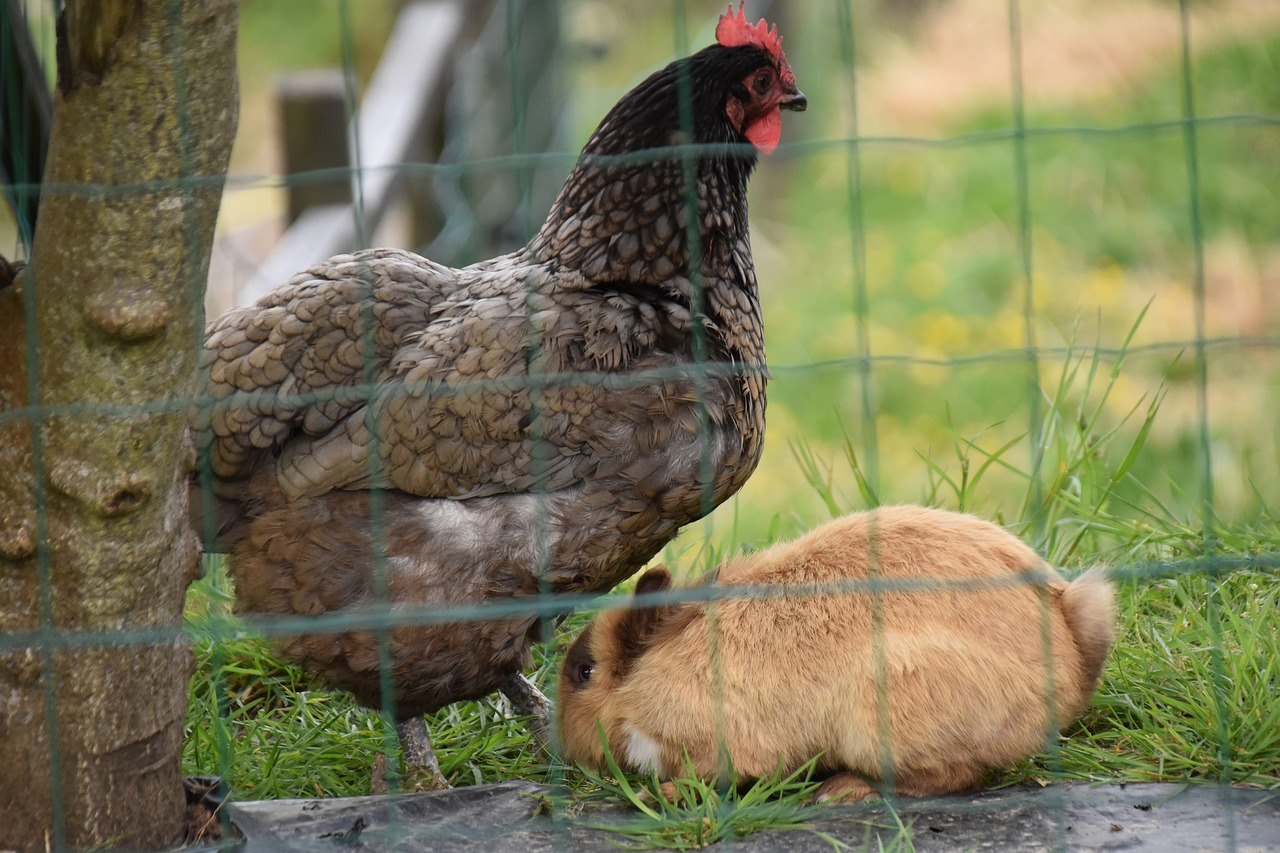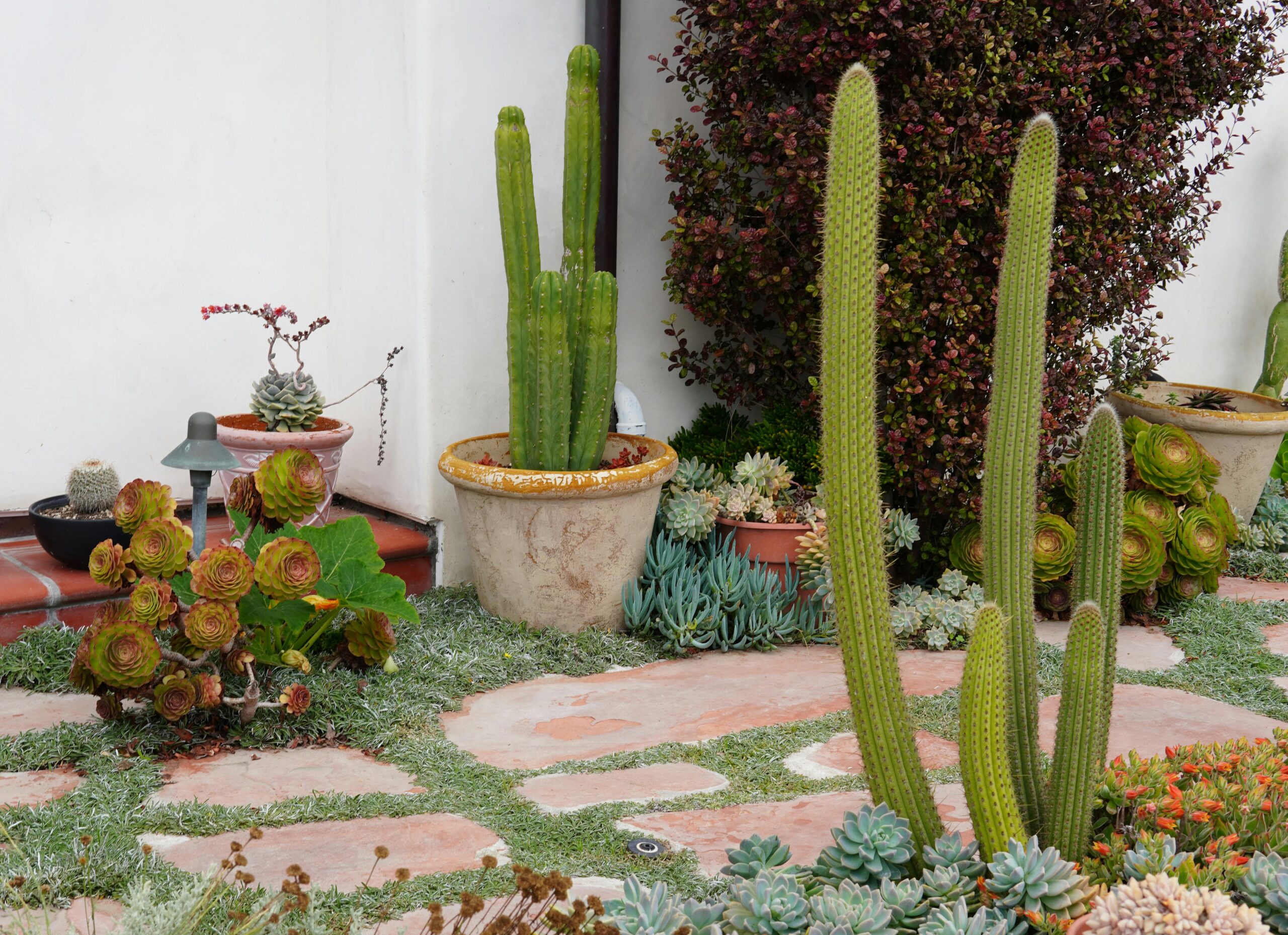Surprisingly, a lot of cities allow some small backyard livestock, like hens (but roosters are usually not allowed)—probably because, historically, people in all but the most dense cities had small gardens and chickens (maybe even a pig) in their backlot, and zoning legislation that allowed this back in the day has never been changed, or no one has thought to make laws to ban it.
HOAs, on the other hand, tend to have more regulations, so even if your city allows you to have chickens, your HOA probably does not.
And, just recently, the UK passed a law requiring everyone with a chicken to register it with the government. They say this is about your “safety” and “tracking bird flu,” but during Covid, they sent vans around to take people’s chickens and kill them because some chickens somewhere were sick with something, so of course they will do the same in the future if you register them.
So there are plenty of reasons to want to hide your livestock from prying eyes.
How Many?
Here’s a quick video from an Aussie gardener (a favorite of mine) on how many quail you need to keep in rotation for meat and eggs:
If you are keeping ducks, they lay one egg per day almost every day of the year (compare to the best chickens, which usually do about 300 eggs per year), so how many you keep will depend on how many eggs your family goes through in a typical day.
Here’s the math for how many rabbits you need to keep for meat:
Feed
You will have to research the needs of your specific livestock, but most poultry and rabbits can eat produce from your garden (including the weeds/grass you pull up and even the spent plants). That doesn’t mean you won’t have to also feed grains or other food stuffs and supplements, but at least part of their diets can come from fresh foods you grow yourself.
Here’s how to make homemade feed from beans and pasta (instead of using commercial pellets):
Also, be sure to save all your eggshells. Bake these in the oven until they get toasted, then put them in a bag and bust them up with a rolling pin (or similar). Sprinkle a goodly amount of this on your chicken’s feed as a calcium supplement. (My chickens loved to eat eggshells. Supposedly baking them changes the taste/smell, so the chickens do not get the idea to cannibalize their own eggs for food.)
Too many eggs? You can freeze raw scrambled eggs in a plastic bag, but you can also feed them (raw or cooked) back to your chickens.
Waste
Rabbit waste is considered gardening gold. You can dress your garden beds with it directly. Droppings from poultry needs to sit in a compost pile for a little while first to age because it contains such a high concentration of nitrogen that it will burn up plants if applied directly.
If you keep your animal pens clean, you won’t have to worry about smell. I have kept 4-6 chickens at a time in a backyard pen built directly on top of the ground, and I didn’t have a problem with smell. If, after it rained, I noticed that there was a slight odor, I shoveled in a pile of leaves or pine needles from the nearby woods. The chickens loved playing in the piles and as they scratched the litter in, mixing the carbon with their nitrogen droppings, and it neutralized the odor. (This is sometimes referred to as a “deep litter” method, because you keep piling fresh litter onto old.)
If you do a deep-litter method, plan on shoveling out the area at least once, in the late fall, after you are done with your garden for the season. The litter can be applied directly to your garden beds at this time. The winter rains will leach the fertilizer out of the litter and it will be safe for even tender seedlings come the spring.
If you don’t do a deep litter method, or you need to shovel out your pen more than once a year, then you will need to keep the litter in a compost pile or compost bin (you can use a plastic barrel or even a large plastic trash can) for a few months before dressing your beds with it.
Quail
Quail are very easy to hide because they’re small and quiet and need little space. They produce eggs and can be used for meat. This man has a small quail set-up in a Rubbermaid toolshed in his suburban backyard.
This is a larger quail set-up on some bin storage racks in a garage.
Chickens
This is a quick DIY showing you how to convert a storage shed into a chicken coop. The intention is for the chickens to have an outdoor run to use during the day, but this is not necessary if you have to keep your birds hidden.
Rabbits
If you’re not a fan of keeping rabbits in a cage, there is the “colony” method, where you can keep your rabbits in a large shed, the same as chickens. With a bit of extra work and cost, you can even make it so that your rabbits can burrow underground inside their shed’s footprint.
In this family’s example, the rabbits are kept in an open-sided shed, so they’re not hidden, but it can easily pass as a set up for pet rabbits. The fact that they can burrow keeps their kits hidden, so it’s not obvious how many rabbits you have. They use a rabbit tractor to grow out their kits, but you could use hutches in an enclosed shed or garage to hide how many rabbits you’re keeping. Alternatively, this shed could be enclosed, so no one would know what’s in it; you just need to make sure you that you provide good ventilation and perhaps a fan in the summertime to make sure you rabbits don’t overheat.
Also, wherever you keep rabbits, make sure all wood is covered by metal hardware cloth at least 1’ off the ground, or they will chew up your 2×4’s and walls.
In a later post, they discussed some issues that arose with their colony set-up. They had very heavy rains at one point that caused flooding in their burrows and many of their kits drowned. Their shed must be in a low-lying spot in their yard because the roof should have kept almost all of the overhead rain from getting down into the burrows. So keep that in mind when citing your shed.
Their solution was a new design. Instead of digging down and putting down hardware cloth to keep the rabbits from tunneling out, they build a shed with a “floor” made of hardware cloth. On the sides, they used metal roofing 2-3 feet high, then filled that in with dirt. This allowed their rabbits the same amount of room for burrowing, but as all the tunnels are above actual ground level, they can’t be flooded again. (This also eliminates the need to excavate such a large area.)
They also took this opportunity to separate their colony so that there was only one breeding pair per shed. They weren’t sure if they were going to want to keep this arrangement (it does eliminate one benefit of a colony, which is only having to feed and water one location), but they were going to try it and see. The benefit to them was that they had a better idea of when a female whelped and they always knew which kits were hers, so it made tracking for breeding purposes easier. (It also made it easier if they had to do a rescue mission, as they did during the flood; at that time, they weren’t sure how many babies they had underground, or where they all were, or which mother they needed to be put with in their emergency shelter.)
Combos
This set-up in a standard barn-style storage shed has both quail and rabbits. He uses a rabbit tractors in the backyard for growing out his meat rabbits, but that’s not strictly necessary; a slightly larger shed or a hutch located elsewhere would provide the additional space necessary for the juvenile rabbits awaiting their trip to “freezer camp.”
He has a very good design for his cages/hutches, making it easy to keep everyone watered and fed. It looks like he doesn’t need to worry about feeding and watering more than once a week, but he doesn’t indicate how often he cleans out the waste trays. Like with most composting toilets, he has worked out a way to separate the liquids from the solids, which greatly cuts down on smell. He mentioned using the rabbit poop straight on the garden, but didn’t mention the urine. Urine from any species (including human) can be diluted to 1 part urine to 10-20 parts water (depending on how strong you want it and what you’re watering) and used as a liquid fertilizer on plants up to once per week.
I have also seen people put their rabbits in cages on top of chickens (not sure if it would work the same with quail) and the rabbits poop and pee to the area below (rabbits, like guinea pigs, tend to do their business in the same corner, so you can make sure your chicken food and water is not in their toilet corner). The chickens mix in their own waste with the rabbit waste and the litter material and you only have to clean out the chicken cages. The drawback is that you have to allow the used litter to compost, whereas if you have straight rabbit poop, you don’t have to wait to use it as fertilizer.
Joel Salatin is one of the world’s leading experts on regenerative agriculture (i.e. farming that renews the land, rather than strips it). He has a large enterprise of rabbits and chickens together, but he discusses how it can be scaled down to a 500 sf garage. (His numbers are for farming chickens and rabbits for profit; you don’t have to keep nearly so many if you just want to feed your family.)
If you’re interested in learning how to hide a garden, check out Part 1 of this series: Gardening on the Down Low. For more backyard self-sufficiency in less-than-ideal conditions, check out: Growing Resilience: Victory Gardens for Everyone


